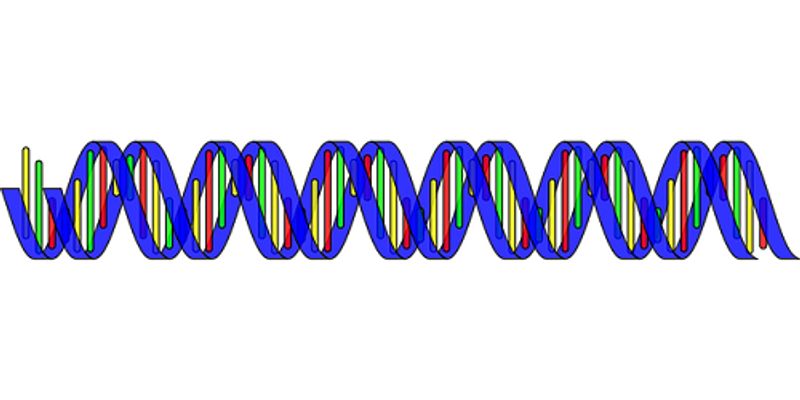RNA
RNA, short for Ribonucleic Acid, is a molecule found in the human body that is able to form polymers and secondary structures, and can be used for various activities including decoding DNA and transferring the information to the Ribosome (tRNA), incorporation into the Ribosome (rRNA), as well as many regulatory activities concerning the expression of genes.
-
Next-generation DNA sequencing has opened new possibilities for microbial water quality monitoring, particularly for addressing emerging concerns like antibiotic resistance and opportunistic...
JUL 19, 2018 | 9:00 AM
DATE: July 19, 2018TIME: 09:00am PDT Pancreatic ductal adenocarcinoma (PDAC) is a deadly disease with a 5 year-survival rate of approximately 6%. Despite recent...
JUL 12, 2018 | 8:00 AM
Our MoFlo Astrios serves or multidisciplinary Department of Biology through our open access Bioscience Technology Imaging and Cytometry Core Lab at the University of York. As a core instrumen...
JUN 29, 2018 | 9:00 AM
DATE: June 29, 2018TIME: 09:00AM PDT, 12:00PM EDT There is significant epidemiological evidence to suggest that the consumption of a high-broccoli diet is associated with a r...
Recent advancements in the precision medicine field have presented a great promise to provide innovative solutions to pharmaceutical and healthcare industry to help transform medicine. By fin...
I will discuss three novel technologies that our laboratory has developed in recent years. In the first part of the talk, I will describe our work on engineering variants of the RNA-guided en...
MAY 22, 2018 | 8:00 AM
DATE: May 22, 2018TIME: 08:00AM PDT The nuclear receptors pregnane X receptor (PXR) and constitutive androstane receptor (CAR) are closely related transcription factors that...
Cell line screening studies require highly efficient protocols for studying many samples in parallel. We have developed a lyse-and-go protocol for digital gene expression profiling of u...
Speaker:
Chris Merritt, PhD
Triple-negative breast cancer (TNBC) has poor prognosis with frequent relapses and deaths using current standard of care treatments. Metabolic reprograming is now recognized as a fundam...
Speaker:
Steven Gross, PhD
Our understanding of how genotype controls phenotype is limited by the scale at which we can precisely alter the genome and assess the phenotypic consequences of each perturbation. In this pr...
There is increasing evidence that intracellular miRNAs play a role in the pathogenesis of many complex disease phenotypes. In addition, extracellular miRNAs in exosomes are emerging as...
Speaker:
Ulrich Broeckel, MD
, Amy Turner, BS
Tumors are often categorized into standard molecular subtypes. However, largescale studies have demonstrated that patient heterogeneity in the regulatory make-up of tumors remain. At the tran...
























